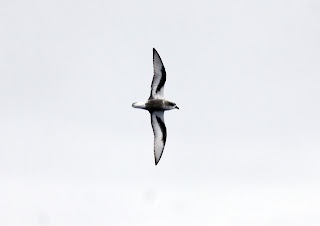Cotton Pygmy Goose is always a nice bird to come across and today I found 5 - 2 males and this female on a farm dam near Eumundi,
and a second pair, including this male, on another dam nearby.
There were plenty of Pied Geese about on several farm dams, including this bird which was hanging around with the three pygmy-geese.
And loads of Hardheads were about, along with good numbers of Wandering Whistling-Duck.
Two Great Crested Grebes were on Poona Dam, and another three Great Crested Grebes were on Wappa Dam.
and a second pair, including this male, on another dam nearby.
There were plenty of Pied Geese about on several farm dams, including this bird which was hanging around with the three pygmy-geese.
And loads of Hardheads were about, along with good numbers of Wandering Whistling-Duck.
Two Great Crested Grebes were on Poona Dam, and another three Great Crested Grebes were on Wappa Dam.





























